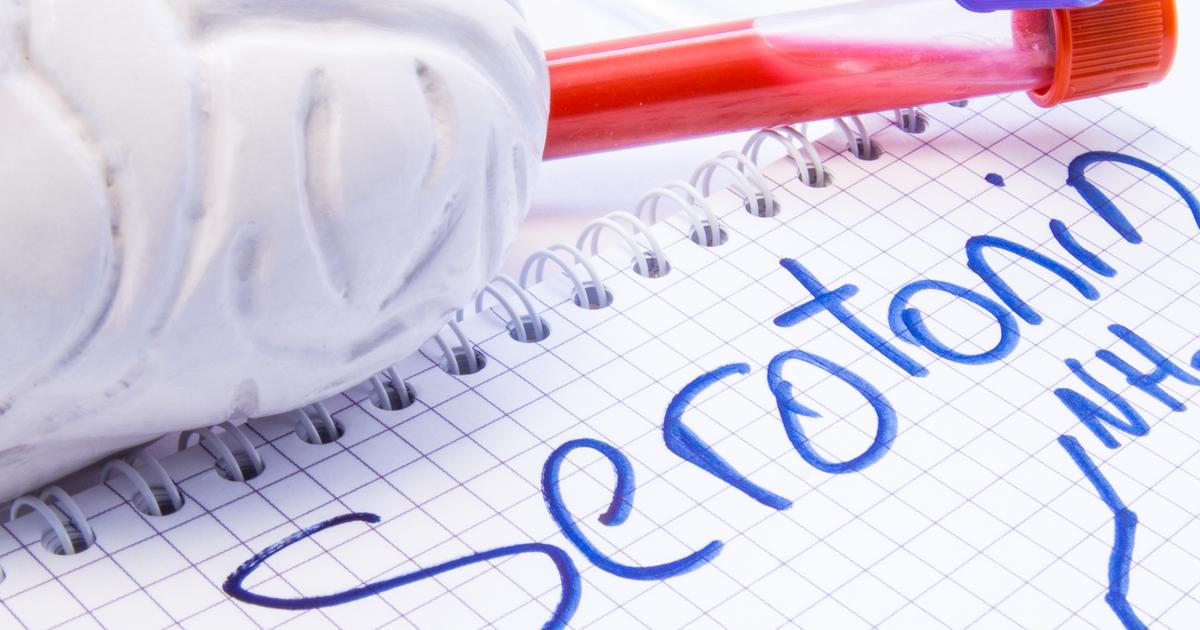What Is Amitriptyline?
Amitriptyline is a prescription antidepressant that belongs to a category known as tricyclic antidepressants. First developed in the 1960s, this medicine is used to treat major depression, and it is also prescribed in low doses to manage conditions that cause chronic pain. Amitriptyline can be taken as a tablet or liquid. It is normally taken daily, and doctors often recommend patients take it in the early evening hours or one to two hours before bedtime to reduce the potential side effect of morning sleepiness. When used for pain control, doctors typically start with a dose of ten milligrams, and this can be increased to seventy-five milligrams or higher for patients who continue to experience persistent pain. Pediatric doses are calculated based on the child's weight and symptoms. It often takes at least six weeks of treatment with amitriptyline for patients to experience a noticeable improvement in their symptoms, and patients may continue taking this medication for months or years to effectively manage their condition.
The uses, side effects, precautions, and potential drug interactions associated with amitriptyline are outlined below.
How It Works

Amitriptyline increases levels of serotonin and norepinephrine in the brain. These levels are believed to be low in patients with depression. Unlike other forms of antidepressants, amitriptyline does not stimulate the central nervous system, and it does not block monoamine oxidase. Researchers believe amitriptyline allows serotonin and norepinephrine to remain in the brain for a longer period, and this is thought to be the reason it is effective in treating depression. The medication has a particularly strong effect on serotonin levels, and it has a moderate effect on norepinephrine levels. After being absorbed in the gastrointestinal tract, amitriptyline is metabolized by the liver. Small amounts of the drug are excreted in urine and feces, and the elimination half-life of the drug is twenty-five hours.
Get familiar with the major uses and benefits of amitriptyline next.
Amitriptyline Uses And Benefits

As stated, amitriptyline is primarily used for the treatment of major depression. It is also prescribed 'off-label' for chronic pain associated with fibromyalgia and for sleep disturbances and pain associated with chronic fatigue syndrome. Some doctors prescribe it as part of a prevention plan for patients with migraines, and it may be considered as an option in the treatment of bulimia, insomnia, functional dyspepsia, attention-deficit hyperactivity disorder, and interstitial cystitis. Studies suggest it may be beneficial for patients with diabetic neuropathy and other forms of neuropathy, and it is helpful in the treatment of postherpetic neuralgia as well. It may reduce bedwetting symptoms in children, and some doctors consider it for patients who are having difficulty with smoking cessation. In addition to reducing the symptoms of depression, the key benefits of amitriptyline include more restful sleep, fewer sleep disturbances, and reduced pain.
Continue reading to learn about the potential side effects of amitriptyline next.
Potential Side Effects

Some of the most frequently reported side effects of amitriptyline include headaches, dry mouth, constipation, difficulty with urination, sleepiness, and dizziness. Other common side effects include diarrhea, blurry vision, nausea, skin rashes, and swelling of the face or tongue. Some patients taking this medicine have noticed numbness and tingling in the arms and legs, and confusion may occur as well. Weight changes, including weight loss or weight gain, have also been observed in some patients using amitriptyline. In rare cases, amitriptyline can cause heart attacks or strokes. Patients who develop chest pain, a rapid or irregular heartbeat, weakness on one side of the body, shortness of breath, or slurred speech should be taken to an emergency room immediately. Other serious potential side effects of this medication include low blood pressure and jaundice. Patients with low blood pressure may be at an increased risk of fainting or falls, and doctors might recommend regular blood pressure monitoring. Jaundice could indicate potential liver issues, and this should be reported to a doctor urgently. Amitriptyline may reduce sodium in the blood, and this could trigger a seizure, which requires immediate medical attention. Some patients have reported eye pain or swelling in or around the eye, and this symptom should be evaluated by an ophthalmologist. This medication could cause some individuals to have thoughts of self-harm or suicide, and young adults are more at risk for this side effect. Any mood or mental health changes should be reported to the patient's healthcare provider, and patients should have their mood regularly monitored during treatment.
Discover the key precautions to remember when taking amitriptyline next.
Precautions To Remember

Amitriptyline is not safe for use by patients with certain health conditions. For example, bipolar disorder patients should not take this medication, and it is not appropriate for patients currently struggling with extreme mood swings, suicidal thoughts, thoughts of self-harm, or for those who have attempted suicide or have a history of self-harm. Patients taking other types of antidepressants may not be able to safely use amitriptyline since it could intensify their effects. Amitriptyline should not be taken by schizophrenia patients, and it is not intended for use in patients who have had a heart attack or have existing heart issues. Since this drug can increase eye pressure, patients with a history of glaucoma will be closely monitored during treatment. Older adults taking this drug have an elevated risk of experiencing side effects while on this medicine, and use in pediatric patients must be done with caution. Amitriptyline can be taken with or without food, and patients need to take it on a regular schedule so a certain amount of the drug remains in the body at all times. Patients who take the tablet form of this medicine can safely crush or cut the tablet, and the medicine should be stored away from moisture and light. It needs to be kept at room temperature (between sixty-eight and seventy-seven Fahrenheit).
Learn about potential medication interactions next.
Potential Medication Interactions

Due to the risk of serious potential side effects, amitriptyline should not be used with antidepressants known as monoamine oxidase inhibitors (MAOIs), including selegiline and phenelzine. Taking amitriptyline with MAOIs could lead to seizures and may be fatal. Patients should not take MAOIs until at least two weeks after stopping amitriptyline, and amitriptyline should not be started until at least two weeks have passed after stopping MAOI treatment. Additionally, amitriptyline should never be taken with quinidine. Patients who take amitriptyline with neuroleptic drugs such as risperidone or clozapine or with anticholinergic medicines like diphenhydramine are more likely to experience fevers, particularly during hot weather. Taking amitriptyline with fluoxetine, topiramate, or cimetidine raises the amount of amitriptyline in the body, and this increases the risk of experiencing side effects. Patients who must use both of these medicines at the same time may need to have their doses adjusted.